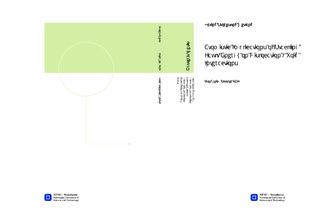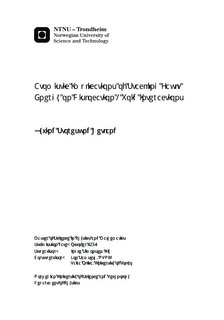| dc.contributor.advisor | Simonsen, Ingve | nb_NO |
| dc.contributor.advisor | Samseth, Jon | nb_NO |
| dc.contributor.advisor | Okita, Taira | nb_NO |
| dc.contributor.author | Hetland, Øyvind Storesund | nb_NO |
| dc.date.accessioned | 2014-12-19T13:18:01Z | |
| dc.date.available | 2014-12-19T13:18:01Z | |
| dc.date.created | 2013-02-06 | nb_NO |
| dc.date.issued | 2012 | nb_NO |
| dc.identifier | 603549 | nb_NO |
| dc.identifier | ntnudaim:7347 | nb_NO |
| dc.identifier.uri | http://hdl.handle.net/11250/246833 | |
| dc.description.abstract | Irradiation hardening due to voids can be a significant result of radiation damage in metals, but treatment of this by elasticity theory of dislocations is difficult when the mechanisms controlling the obstacle strength are atomic in nature. Copper has long been used to approximate austenitic stainless steels in computer simulations because of their shared face-centered cubic structure and similar Stacking Fault Energy (SFE). Their stacking fault properties are however not identical; the SFE in stainless steel is significantly lower than that in Cu. Low values of SFE lead to wide dissociation of dislocations in their glide planes into Shockley partial dislocations, severely affecting the hardening process of the metal.Molecular Dynamics simulations have been conducted in order to highlight the implications of stacking fault energy on the interaction between dissociated dislocations and nanoscale voids. A recently developed set of interatomic potentials with a range of stacking fault energies based on FCC copper was used in order to investigate the Critical Resolved Shear Stress (CRSS) and other interaction details for a range of void sizes, temperatures, impact parameters and void separation distances for both edge and screw dislocations.Changes in SFE were found to affect the pinning interactions for dissociated edge dislocations in a relatively weak but systematic manner. The CRSS needed for any given dislocation to overcome the array of voids was in all cases shown to decrease with decreasing SFE and vice versa. This was also concluded for dissociated screw dislocations, but with an extra layer of complexity: The advent of complex cross-slip mechanisms sometimes lead to highly unpredictable void pinning dynamics, mainly through multiple cross-slip and its consequences; the creation of temporary immobile dislocation structures. The value of SFE is shown to be very influential on the distribution, probability and form of complex cross-slip mechanisms, which may double or triple the pinning strength of voids. | nb_NO |
| dc.language | eng | nb_NO |
| dc.publisher | Institutt for fysikk | nb_NO |
| dc.subject | ntnudaim:7347 | no_NO |
| dc.subject | MTFYMA fysikk og matematikk | no_NO |
| dc.subject | Teknisk fysikk | no_NO |
| dc.title | Atomistic Implications of Stacking Fault Energy on Dislocation - Void Interactions | nb_NO |
| dc.type | Master thesis | nb_NO |
| dc.source.pagenumber | 73 | nb_NO |
| dc.contributor.department | Norges teknisk-naturvitenskapelige universitet, Fakultet for naturvitenskap og teknologi, Institutt for fysikk | nb_NO |

